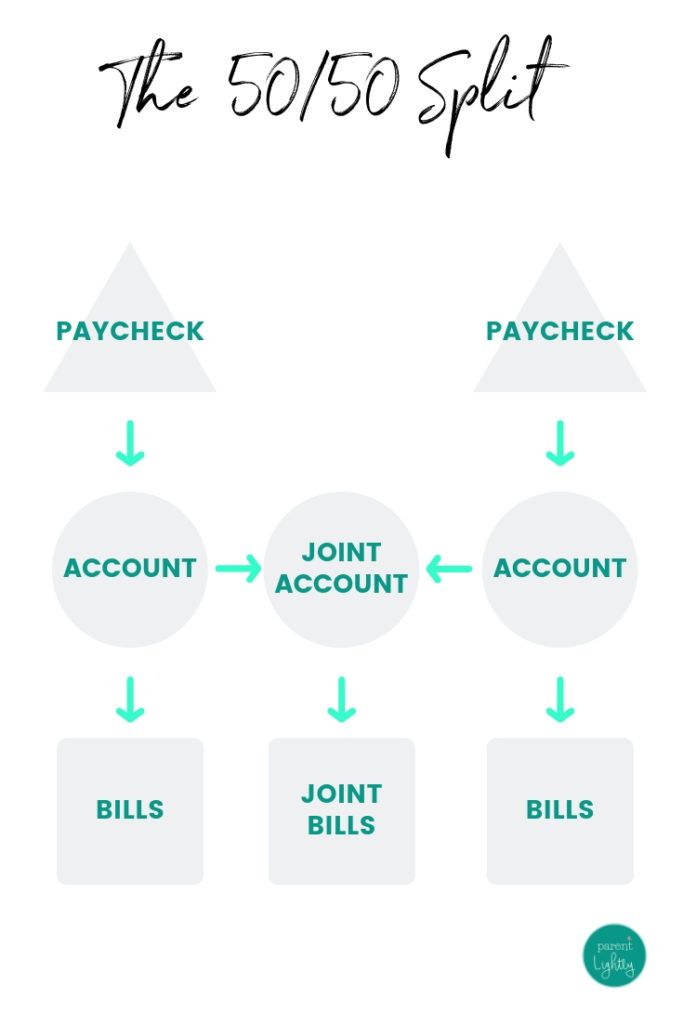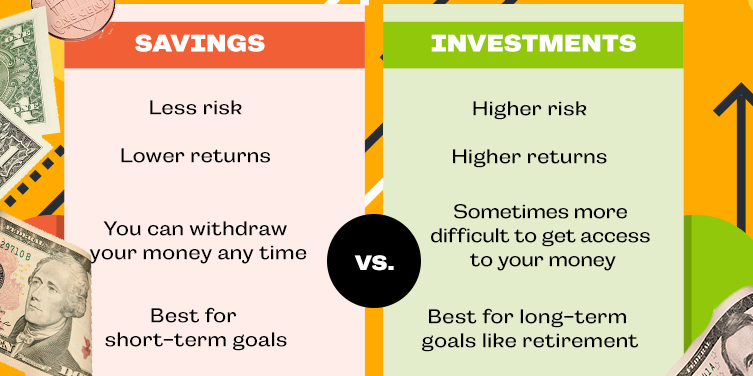When it comes to investing in the stock market, there are many options available to investors. Two popular choices are index funds and exchange-traded funds (ETFs). While both of these investment vehicles track a specific market index, there are some key differences between the two that investors should be aware of.
What is an Index Fund?
An index fund is a type of mutual fund that is designed to track a specific market index, such as the S&P 500. The goal of an index fund is to replicate the performance of the index it is tracking, thereby providing investors with broad diversification and low fees.
Index funds are typically passively managed, meaning that they are not actively traded by a fund manager. Instead, they aim to match the performance of the index by holding all (or a representative sample) of the stocks in the index in the same proportions as the index itself.
What is an ETF?
An exchange-traded fund (ETF) is a type of investment fund that trades on an exchange, just like a stock. Like index funds, ETFs are designed to track a specific market index and provide investors with diversification and low fees.
However, unlike index funds, ETFs can be bought and sold throughout the trading day at market prices. This makes them more liquid than index funds, which can only be bought or sold at the end of the trading day at the net asset value (NAV).
Key Differences Between Index Funds and ETFs
While both index funds and ETFs track market indexes and offer diversification and low fees, there are some key differences between the two that investors should consider:
Trading
One of the main differences between index funds and ETFs is how they are traded. Index funds can only be bought or sold at the end of the trading day at the NAV, while ETFs can be bought and sold throughout the trading day at market prices.
Tax Efficiency
ETFs are generally more tax-efficient than index funds. This is because ETFs have a unique structure that allows investors to efficiently manage capital gains and losses. Additionally, ETFs have the ability to create and redeem shares, which can help offset capital gains.
Minimum Investment
Index funds typically have higher minimum investment requirements than ETFs. This means that investors with limited funds may find it easier to invest in ETFs, as they can purchase just one share at a time.
Expense Ratios
While both index funds and ETFs have low expense ratios compared to actively managed funds, ETFs tend to have slightly lower expense ratios than index funds. This is because ETFs are passively managed and have lower administrative costs.
Conclusion
Both index funds and ETFs are popular choices for investors looking to track a specific market index and achieve diversification with low fees. While there are some key differences between the two, ultimately the choice between index funds and ETFs will depend on the individual investor’s preferences and investment goals.
Before choosing between index funds and ETFs, investors should carefully consider factors such as trading flexibility, tax efficiency, minimum investment requirements, and expense ratios. By understanding the differences between index funds and ETFs, investors can make informed decisions that align with their investment objectives.









